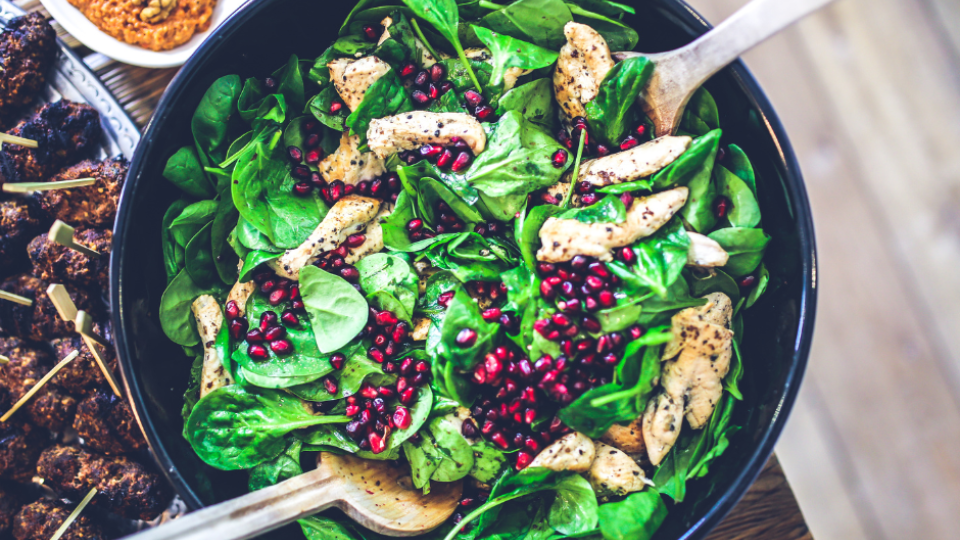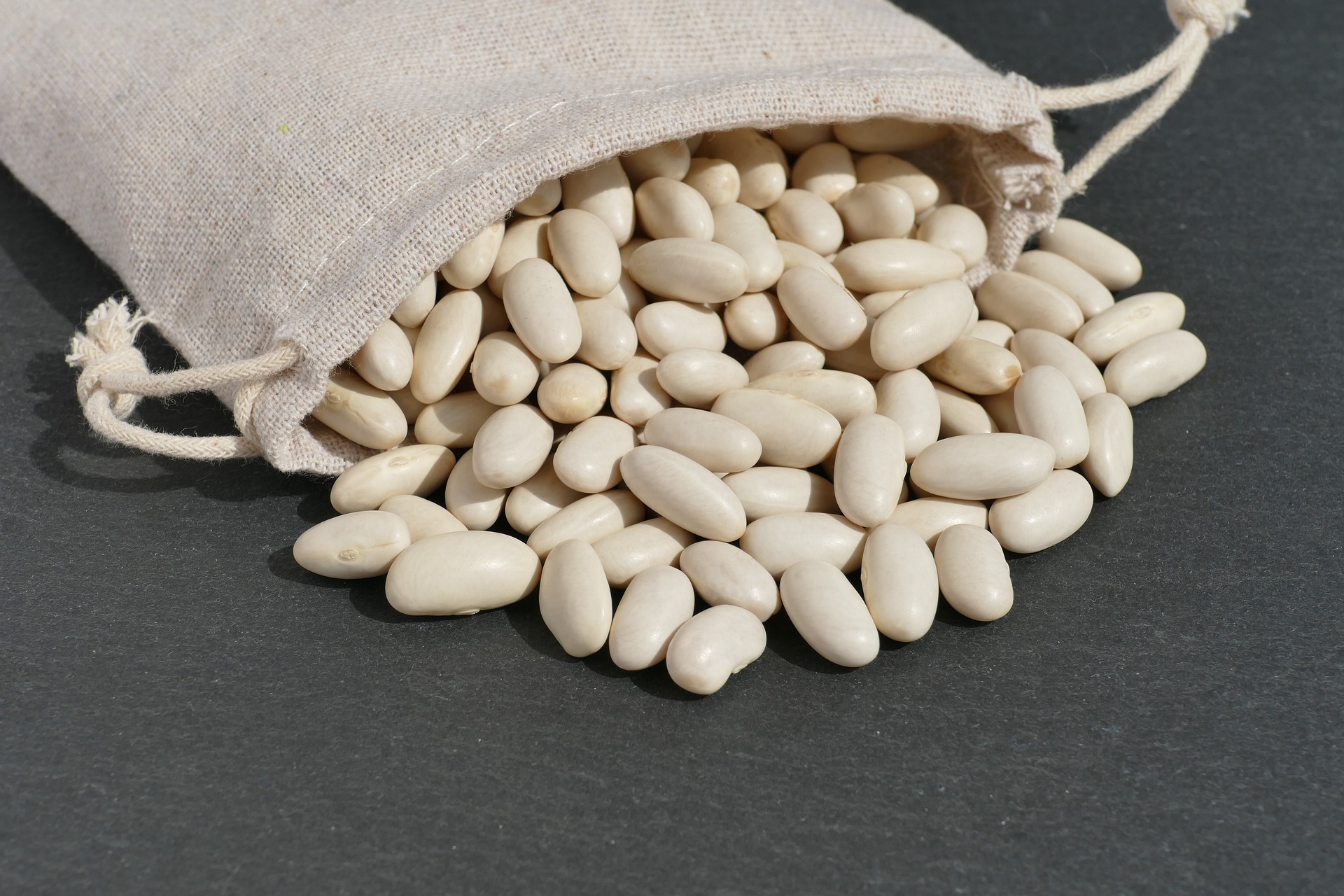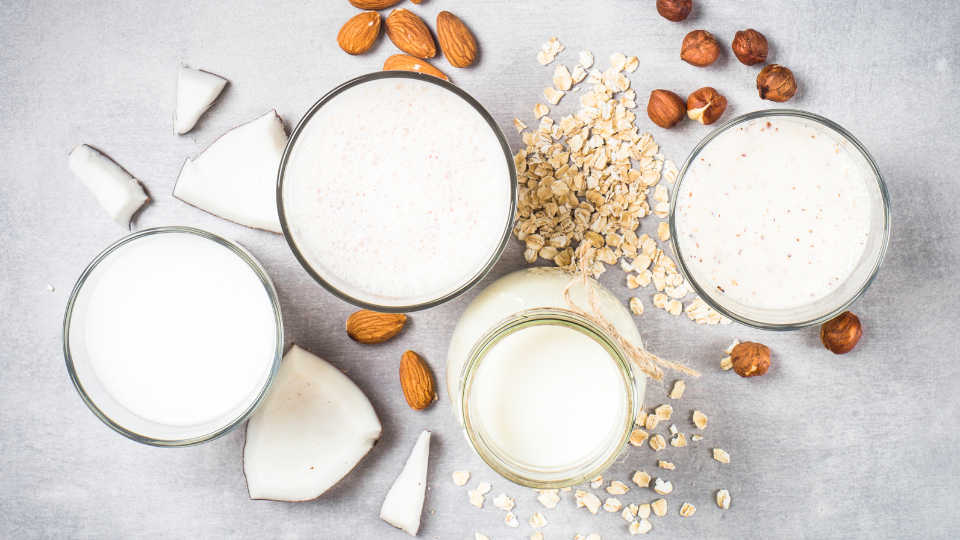Fruit and Vegetable Guide Series: Spinach

Purchasing and Selection Criteria: Spinach is available year-round in many different forms. Fresh spinach is available in the produce section of grocery stores either bagged or loose. Avoid selecting yellowing or limp leaves. Spinach is also available frozen or canned.
 Cleaning: For best quality, do not rinse spinach until ready to use. Rinse fresh spinach leaves well with water and pat dry. Make sure that dirt is rinsed from under the leaves.
Cleaning: For best quality, do not rinse spinach until ready to use. Rinse fresh spinach leaves well with water and pat dry. Make sure that dirt is rinsed from under the leaves.
Storing: Store fresh spinach loosely in an open bag in the refrigerator crisper. Fresh leaves should last 3 to 5 days. Bagged spinach can be stored in the refrigerator for 7 to 10 days, or until date printed on the bag.
Frozen spinach will keep best for about 10 to 12 months. Once frozen or canned spinach is opened, refrigerate leftovers in a covered container for up to 4 days. Canned spinach can also be frozen or refrigerated after opening. Remove spinach from the can and place in an airtight container or bag and refrigerate for up to 4 days or freeze and store for up to 2 months.
Preparation: Spinach can be prepared in many ways. Fresh spinach can replace lettuce in salads and on sandwiches. Chopped spinach can be added to lasagna, soup, pasta, quesadillas, burritos and many other main dishes. It can also be added to omelets or stir-fried with garlic, onion and red bell peppers, or other vegetables.
To sauté, simply remove the stems, tear leaves into large pieces, rinse and squeeze out extra liquid. Heat a large skillet and add about a tablespoon of olive oil with a clove of crushed garlic. Add spinach by the handful and cook until it is slightly wilted. Serve warm. Add some red chili flakes for a spicy kick, lemon juice for a citrus zip, or some diced tomatoes and a bit of Parmesan cheese for an Italian flavor.
Nutrition: Spinach is an excellent source of many vitamins, minerals, and antioxidants, such as: vitamin A, vitamin C, vitamin E, vitamin K, magnesium, folate, iron, vitamin B6, calcium, potassium, protein, omega-3 fatty acids, and more. These vitamins and minerals help the body in many ways. The variety of essential nutrients found in spinach can help reduce risk for chronic diseases, such as some forms of cancer and heart disease. Spinach is a low-calorie food with one cup of raw spinach containing 7 calories. To get a full serving of spinach, eat either 2 cups of raw spinach, or 1 cup of cooked spinach.
Preservation: To freeze fresh spinach, wash spinach thoroughly and cut off woody stems. Blanch (or dip) in boiling water for 2 minutes and immediately chill in ice-cold water. Drain off excess moisture and pack into airtight freezer containers or bags, labeled and dated, and place in freezer immediately. Spinach can also be canned. A pressure canner must be used. For procedures and processing times, consult the National Center for Home Food Preservation’s website. A direct link to the spinach instructions is available here: https://nchfp.uga.edu/how/can_04/spinach_greens.html
References
- https://nchfp.uga.edu/how/can_04/spinach_greens.html
- https://www.aicr.org/cancer-prevention/recipes/turkey-spinach-and-apple-wrap/
- https://www.myplate.gov/eat-healthy/vegetables
- https://extension.usu.edu/preserve-the-harvest/research/vegetable-freezing
Authors
Melanie D. Jewkes, Extension Professor
Guide Editors: Heidi LeBlanc and Debra Christofferson
Additional Editors: Marie Stosich, Gayla Johnson, Eileen Milligan, Maren Stirling, Paula Scott
*This publication is a part of a series created by Create Better Health and Utah State Extension Employees. It has been reviewed and updated to include current evidence-based research and recommendations.
Related Nutrition Articles






